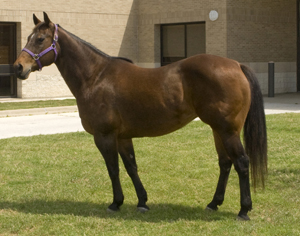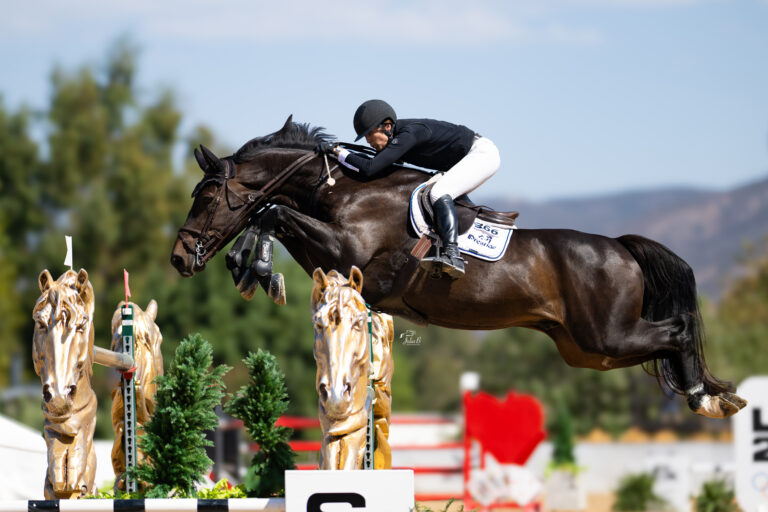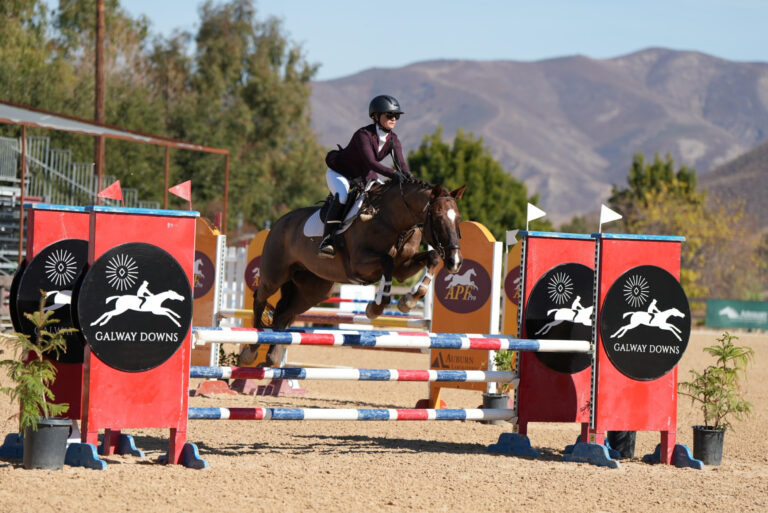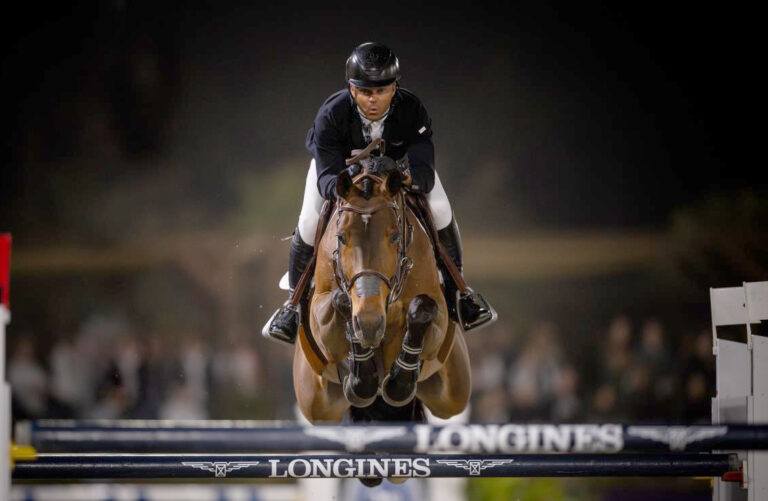What genetic variations make each breed of horse unique? What roles do those variations play in equine diseases? Researchers at Texas A&M University have taken a step toward ?answering those questions by sequencing the first Quarter Horse genome. Their work sets the stage for further research aimed at identifying genes linked to desirable and undesirable traits and managing genetic disorders.

The genome is the horse’s complete collection of genes, the coded instructions within body cells that determine the horse’s traits and are passed on from one generation to the next. It’s like a giant cookbook, with each gene a single recipe that tells cells how to make various proteins and carry out specific functions. Scientists at the Broad Institute in Massachusetts completed the first preliminary analysis of a horse genome?that of a Thoroughbred mare named Twilight?in 2006. The Texas A&M team was able to build on its work and make use of technological advances that have made gene sequencing much faster and cheaper. Mapping the Quarter Horse genome makes it possible to identify differences in genetic information between the two horses and to search for the roots of genetic disorders and distinctive traits.
“The horse used in the study, a mare named Sugar, is the descendant of key foundation sires in the Quarter Horse breed,” said Scott Dindot, PhD, an assistant professor at TAMU’s College of Veterinary Medicine and a collaborator in the research. “We were able to identify several genetic variants in this mare, both good and bad, known to be common among Quarter Horses.” Variation was especially marked in genes known to be involved in sensory perception, immunity and cellular processes. The research was published in BioMed Central’s open access journal BMC Genomics and presented at the January 2012 Horse Genome Workshop in San Diego.
Sequencing the genome of a Quarter Horse was important for several reasons, the researchers say: Quarter Horses have the largest breed registry in the United States and strongly influence other breeds, such as the American Paint, so the knowledge will affect the U.S. horse industry. Modern Quarter Horses have a fair amount of Thoroughbred blood, but the breed traces its roots to colonial times, when English horses were crossed with Spanish Barbs. Over the years they’ve been selectively bred to excel at speed over short distances and at working cattle. Mapping the genome may help identify which genes are involved in those and other traits. Quarter Horses are also prone to several disorders linked to single genes, including polysaccharide storage myopathy and hyperkalemic periodic ?paralysis.
This article originally appeared in the May 2012 issue of Practical Horseman magazine.











